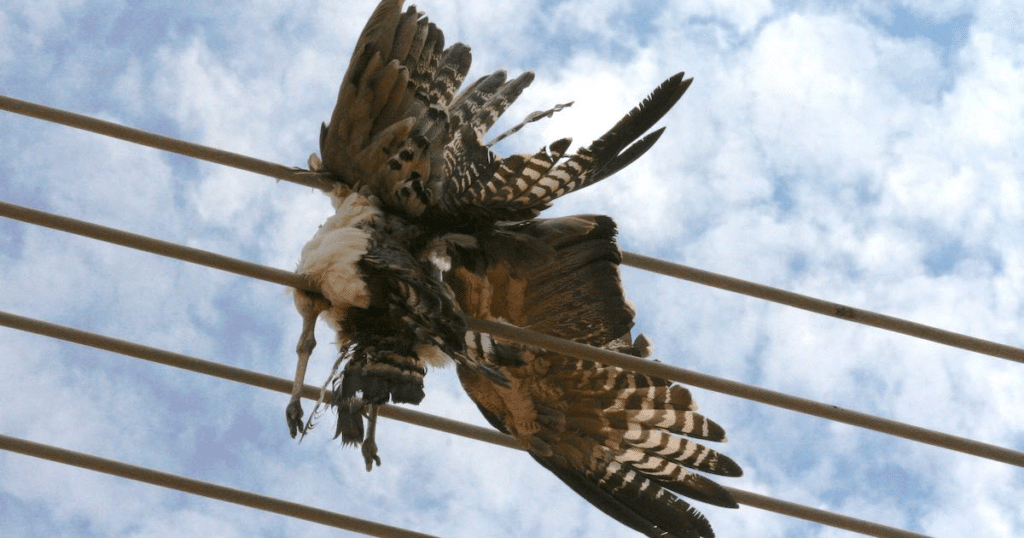Engineering Safe Sky: How ACWA Power Aims To Prevent Bird Deaths on Uzbekistan’s Power Lines

ACWA Power launched a three-year study to prevent power line collisions among migratory birds, focusing on the vulnerable Asian houbara bustard. Professor Paul Dolman from the University of East Anglia highlighted the urgent need for mitigation.
«Bustards have a restricted field of vision, making them highly vulnerable. Collisions with power lines threaten entire populations,» he stated at a press conference on February 17 in Uzbekistan’s Tashkent.
The study will test Bird Flight Diverters (BFDs) along power lines in key flyways. Unlike static markers, which have failed for bustards, the experiment will assess dynamic, high-contrast alternatives.
«This is a large-scale experiment with strong scientific backing. The results will shape future energy infrastructure across the region,» Dolman noted.
Supported by an international consortium, including BirdLife International and local Uzbek ornithologists, the project will also quantify the compensation needed for unavoidable bird losses.
As Uzbekistan expands its renewable energy sector, Dolman emphasized the need for sustainable solutions:
«Energy growth must not come at the cost of biodiversity. This research will ensure a responsible path forward.»

